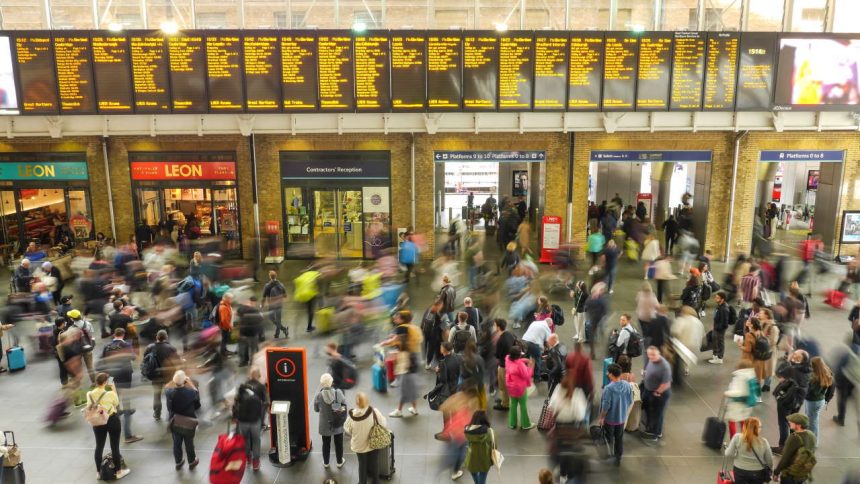Figures published by the Department for Transport (DfT) on Wednesday 27 July show that passenger numbers are now close to pre-pandemic levels.
Every day of the week between Wednesday 6th and Sunday 17th July, passenger numbers were at 90-93% of pre-Covid levels. Similar figures were achieved in June when passenger numbers were at 90-93% of pre-Covid levels every single day between 10th and 20th June.
On London's tube network, passenger numbers are now close to 80%, with a weekday high of 79% recorded on Thursday, 21st July. Since May, figures of between 85% and 118% have been regularly recorded during weekends and Bank Holidays.
The DfT Rail Factsheet sheet from December 2020 states that passenger journeys in Great Britain in 2019/20 were the “second highest level on record at 1.7 billion journeys”, making today's comparative figures even more impressive – see here.
The latest DfT passenger figures can be found here.
Commenting on the figures, Darren Caplan, Chief Executive of the Railway Industry Association, said:
“Everyone working in rail should welcome the fact that within just a few months of Covid restrictions beginning to be lifted, we are regularly getting to around 93% of pre-Covid passenger levels on the national rail network. What's more, these figures are all the more impressive given they are based on a comparison with 2019-20 levels, which were the second highest on record.
“Were it not for the current industrial action and exceptional incidents like the recent heatwave, the return to rail would be even more impressive and consistent. Whilst some of the return can be attributed to higher leisure travel – which is great news in itself – it is clear that some of the increase is also down to more commuters travelling outside traditional peak work travel slots too.
“All of us in the railway industry now need to accept that many of the dire predictions of rail's demises are wide of the mark, and take a ‘can-do' approach to ensuring the future for rail is positive. Accordingly, we urge policy-makers and the Treasury not to base 30-year plans and forecasts for rail on the last two abnormal years, but to plan for much-needed increased capacity in the future, as more and more passengers return to the rail network in the months and years to come.”

Except that the boilshie employees have decided to drive the customers away again.